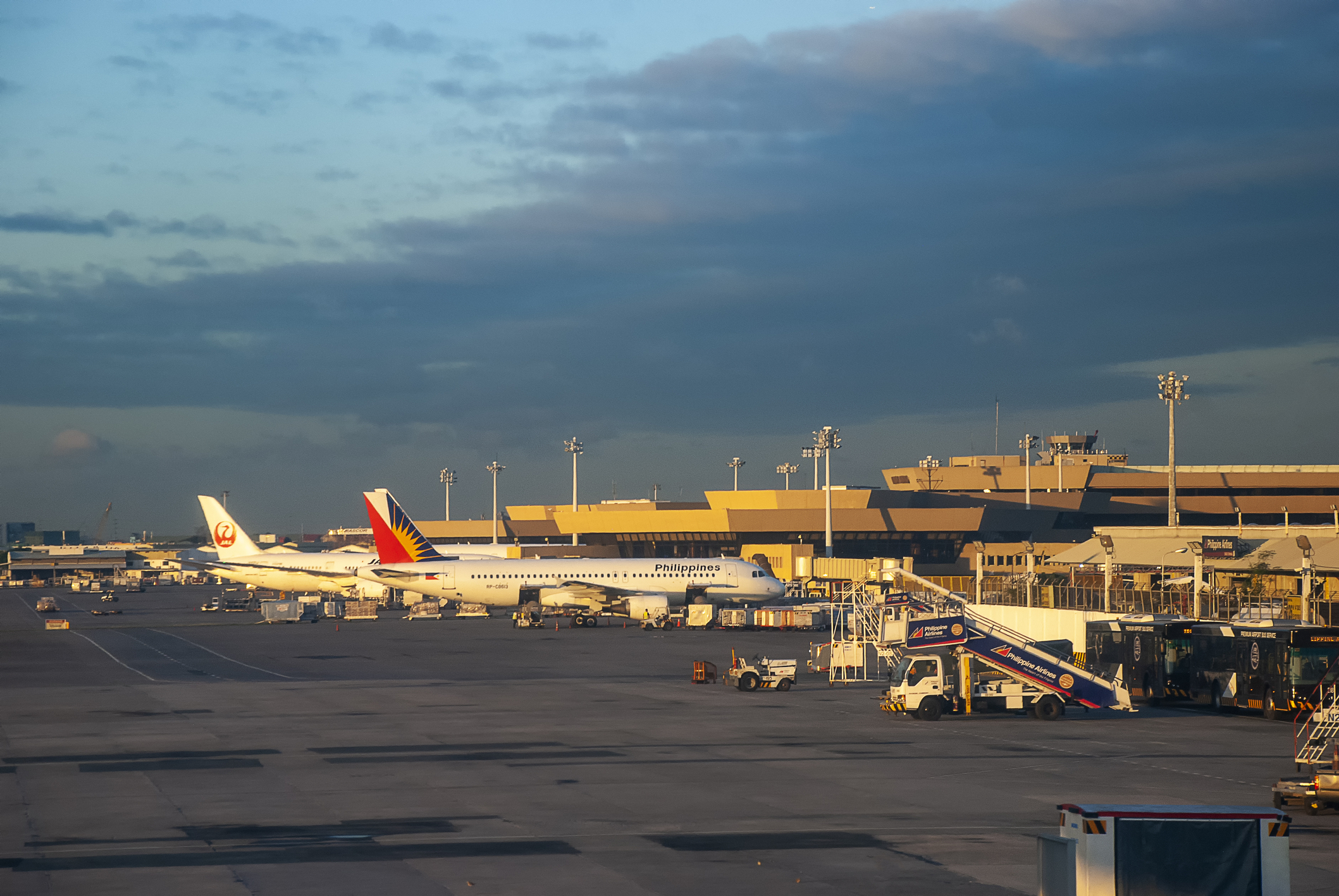
CLIMATE change is the main culprit in the frequent Lightning Red alerts being issued by the Manila International Airport Authority (MIAA) to guide airlines and staff on the ground.
Transportation Secretary Jaime J. Bautista told the BusinessMirror the MIAA is just “following international standards,” which dictates that a red alert is issued when lighting occurs within a 5-kilometer radius around the aerodrome. “It even used to be 9 km,” he said, “but I told them to lower it to 5 km, which is the international standard.”
Interviewed on the sidelines of the recent public unveiling of the new tourism slogan, “Love the Philippines,” Bautista recalled how Philippine Airlines (PAL), which he used to head, was able to fly in and out of airports even during thunderstorms. “But it’s really climate change,” he explained, which has given rise to more severe thunderstorms and the frequent Lightning Red alerts. “These alerts are meant to protect the people on the ground, including passengers,” he stressed, underscoring that MIAA has to “prioritize everyone’s safety.”
For his part, PAL president Capt. Stanley Ng suggested the reduction of the safety radius around the airport to minimize flight disruptions. “Maybe we can reduce it pa to 2 km like in other countries.”
In Hong Kong for instance, a red lightning alert is issued when cloud-to-ground lightning is predicted to affect within 1 km of the HK International Airport island.
Chain reaction
He agreed that climate change was also the cause of the increased frequency of lightning alerts, “and partly because we’re more safety-conscious as well. Before, we allowed that [lightning] to happen [and still flew], but that’s not safe for the ground employees, like the mechanics. So it’s better that way. But if you have that [red lightning] in the morning, it’s a chain reaction of delays even until the next day sometimes.”
According to MIAA, it issued a total of 439 combined Lightning Red and Yellow Alerts in 2022. The average duration for a red status is an hour and two minutes before being downgraded to a yellow alert.
The Ninoy Aquino International Airport has 20 lightning arresters and four lightning shelters strategically located at the ramp area. These lightning arresters are devices designed to protect electrical and telecommunication facilities from the damaging effects of lightning. They capture and direct lightning surges onto the ground, where they are safely absorbed, as per the MIAA.
At the same event, Ng said the carrier will tackle recent passenger complaints of unrepaired plane toilets, broken handrests and the like. “During the pandemic, some of the planes were parked. When we activated the planes last year, the cosmetics (physical appearance) didn’t become a priority because there was a sudden surge in demand [for travel]. But mid-year last year, we ordered the spare parts already.”
He also expressed hope that the situation among air passengers will improve after a spate of flight cancellations by local carriers triggered a wave of complaints that caught the attention of lawmakers. For PAL itself, he said, “We proactively cancel our flights, as far as a month already, because we try to prevent passengers from going to the airport and queueing until outside.”
He added, “We try to book them to other flights, even to other airlines, so it’s not really an issue. The problem lang [three] weeks ago, it was really a chain of events. Of course the supply-chain issue, challenges with the engine manufacturer….So we just try to reduce some of our flights.” See, “Carriers to cut flights, lease more planes to mitigate crisis,” in the BusinessMirror, June 22, 2023.
Image credits: Rob Atherton | Dreamstime.com
